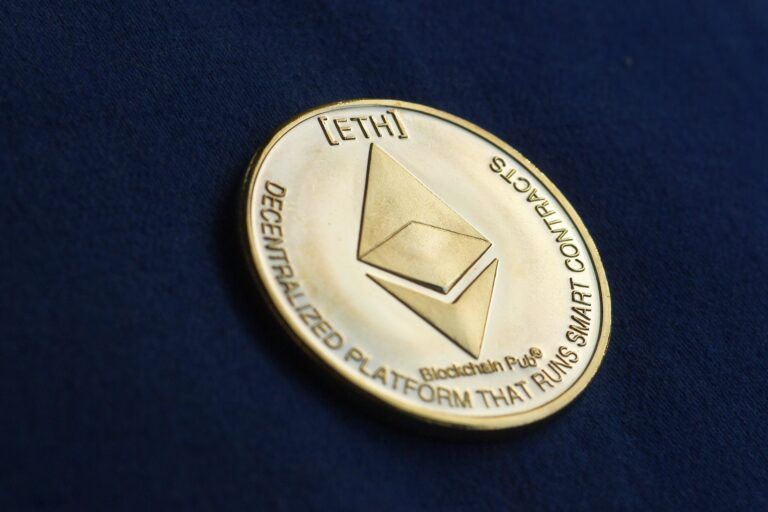A recent report by leading US-based crypto exchange Coinbase examines the outlook for Ethereum ($ETH) in the face of competition from rival layer 1 smart contract platforms such as Solana ($SOL), Avalanche ($AVAX) and Terra ($LUNA).
According to a report (titled “Is ETH 2.0 the real ‘ETH Killer’?”) by David Duong, Coinbase’s Head of Institutional Research, Ethereum’s high gas fees (which is presumably mostly due to the huge demand for DeFi and NFTs) allowed its competitors to receive “significant attention” last year.
However, “the majority of active app development across L1 networks still seems to be happening on the Ethereum blockchain with total value locked of US$156 billion across 214 projects – which is almost double the TVL on the next 10 chains combined.”
So, the question is how valuable will these rival L1 networks be in the future once ETH 2.0 is here?
Duong and his team believe that “there will still be room for multiple chains to coexist in the crypto space” for the reasons outlined below:
“First, the timeline for official ETH 2.0 implementation has shifted forward to 2023 (when sharding will be completed) and in the interim, alternative L1s may step in to do what the Ethereum network either takes too long or costs too much to do. That said, the advent of ETH-centric layer 2 solutions (L2s) now plays an outsized role in increasing throughput and reducing fees.
“Second, scalability is only one problem affecting networks. At the moment, users or investors may not be focused on issues like maximal extractable value (MEV), but as these ecosystems grow, such problems may warrant changes to the governance mechanisms of L1 chains.
“Finally, more sophisticated bridging algorithms and improvements in interoperability may facilitate greater composability across different L1 networks in the future.”
Disclaimer
The views and opinions expressed by the author, or any people mentioned in this article, are for informational purposes only, and they do not constitute financial, investment, or other advice. Investing in or trading cryptoassets comes with a risk of financial loss.
Image Credit
Photo by user AgelessFinance via Pixabay.com









